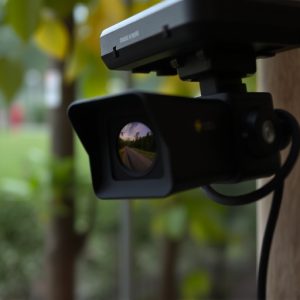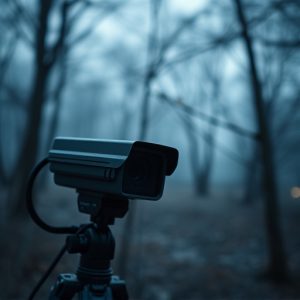Unveiling Spy Cameras: Night-Time Detection & Childcare Safety Guide
The Spy Camera Childcare Safety Guide equips caregivers with essential tools to combat low-light pho…….
The Spy Camera Childcare Safety Guide equips caregivers with essential tools to combat low-light photography challenges, particularly lens glint from surveillance equipment, enhancing security in childcare settings. By recognizing the impact of light reflections and providing detection strategies, the guide ensures clear footage while safeguarding children's privacy and data integrity. This comprehensive resource offers practical steps for regular inspections, staff/parent education, incident reporting, and response protocols, making it vital for creating secure environments in today's digital age.
Uncovering hidden spy cameras is a crucial aspect of modern security, especially in sensitive areas like childcare settings. This article delves into an innovative method for detecting camera lens glints at night, providing a practical Spy Camera Childcare Safety Guide. Understanding the basics of how these devices operate and their telltale signs in low-light conditions is key to identifying potential threats. By exploring effective strategies, parents, caregivers, and facilities can enhance security measures, ensuring a safer environment for children.
- Understanding Camera Lens Glint: The Basics
- Detecting Spy Cameras in Night-Time Settings
- Implementing a Comprehensive Safety Guide for Childcare Environments
Understanding Camera Lens Glint: The Basics
Camera lens glint, often referred to as glare or reflections, is a common issue in photography, especially during low-light conditions. In the context of the Spy Camera Childcare Safety Guide, understanding this phenomenon becomes crucial for ensuring clear and secure surveillance footage. When light bounces off a shiny surface within the frame of a camera lens, it creates a bright spot or reflection that can obscure details and impact image quality. This effect is particularly noticeable in scenarios with bright lighting sources or reflective surfaces nearby.
In childcare settings, where cameras are used for monitoring and safety purposes, glint detection methods play a vital role in maintaining privacy and securing evidence. By implementing techniques to identify and mitigate lens glint, the Spy Camera Childcare Safety Guide aims to help caregivers and supervisors capture reliable footage without compromising the well-being of children or the integrity of surveillance data.
Detecting Spy Cameras in Night-Time Settings
In the realm of childcare safety, ensuring a secure environment is paramount, especially during nighttime hours when vulnerabilities may increase. Detecting spy cameras in night-time settings is a crucial aspect often overlooked but significantly impactful for safeguarding our children. The advanced technology employed by these covert devices can operate discreetly, making them nearly invisible to the naked eye. However, with the right tools and techniques, it’s possible to identify and mitigate these hidden risks.
One effective method involves utilizing specialized camera lens glint detection tools designed specifically for low-light conditions. These innovative solutions analyze subtle reflections and glints on lenses, which can indicate the presence of spy cameras or other surveillance equipment. By employing a Spy Camera Childcare Safety Guide, caregivers and facilities can proactively scan their spaces, ensuring no hidden threats compromise the privacy and security of children in their care.
Implementing a Comprehensive Safety Guide for Childcare Environments
In the realm of childcare, ensuring a safe and secure environment is paramount to fostering a child’s well-being and development. With advancements in technology, spy camera childcare safety guides have become essential tools to navigate this modern challenge. These comprehensive manuals are designed to help daycare centers, schools, and parents implement robust security measures, especially when it comes to detecting and preventing the use of hidden cameras. By following an all-encompassing Spy Camera Childcare Safety Guide, facilities can create a robust defense against potential privacy breaches, ensuring the confidentiality and safety of children in their care.
The guide should detail best practices for installing and maintaining surveillance systems, including regular checks for any suspicious devices or glints that could indicate hidden cameras. It must also emphasize the importance of educating staff and parents about these measures, fostering a culture of awareness and vigilance. Additionally, providing clear protocols for reporting and responding to potential security incidents is crucial, allowing for swift action and minimal disruption to childcare operations.
In conclusion, detecting spy cameras using night-time glint observation methods is a proactive step towards enhancing spy camera childcare safety guides. By understanding the basic principles of lens glints and implementing comprehensive safety measures in childcare environments, we can create secure spaces for children. This approach ensures that privacy is protected and potential risks are mitigated, making it an effective strategy for maintaining a safe and trustworthy setting for young minds.


